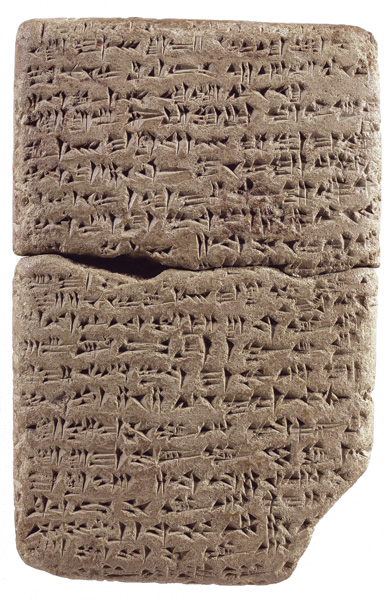Image Details

Bildarchiv Preussischer Kulturbesitz/Art Resource, NY
CAUGHT BETWEEN A ROCK AND A REED’S TRACE. The Amarna letters are a collection of more than 300 cuneiform tablets discovered at el-Amarna in Egypt in the late 1800s. Dating to the Late Bronze Age (1500–1150 B.C.E.), the archive consists of royal correspondence of Pharaoh Amenophis III (1391–1353 B.C.E.) and his son, Pharaoh Akhenaten (Amenophis IV, 1353–1337 B.C.E.) with local rulers of various Canaanite city-states. This tablet (catalogued as EA 289) and several others were sent to the pharaoh by ‘Abdi-Heba, the ruler of Urusalim (Jerusalem), indicating that there was a significant city at the site in the 14th century B.C.E. However, excavations in Jerusalem have produced only meager finds, leading some archaeologists to conclude that Jerusalem was merely a small outpost or fortified estate during the Late Bronze Age, rather than a flourishing city. So what happens when the historical record and the archaeological evidence seem to contradict each other? According to author Nadav Na’aman, we get a more accurate picture of what the ancient world was like when we consider both texts and the results of archaeological excavations.
